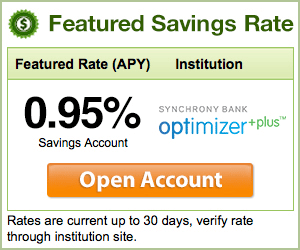If you’re paying attention at all to our current economic crisis, then you’ve probably heard the term “credit default swap (CDS)” enough to at least make you wonder what it is. Most recently, credit default swaps played a vital role in the federal government’s decision to bail out AIG, since they determined that a huge chain of failures across the international financial system might occur if AIG were to fail and default on the swaps it sold. Must be a big deal, right? They are.
The market is estimated to be worth approximately $55 trillion, which is more than double the size of the US stock market. So what the Sam Hill is a credit default swap anyway? Unless you just happen to be a finance junky or an investment professional who needs to clearly understand the complexities of the CDS market, I wouldn’t waste your time trying to grasp anything more than the basic concept of how they work. If that’s what you want, then here’s the most basic explanation you will find anywhere.
A credit default swap is simply a contract between a buyer and a seller. The seller is providing insurance to the buyer that he will be made whole in the event financial investments fail. The seller is willing to do this because she collects nice fees in return and expects that most of the time the investment will not fail. On the other hand, the buyer wants to enter into the contract to protect his investment at a reasonable price. Sounds like basic insurance right? Well, it’s not. In fact, the inventors of credit default swaps were very cautious to never call it that because if it were insurance, it would by definition be highly regulated.
So they called it a “swap”, which by definition is completely unregulated by the federal government. This lack of regulation has resulted in sellers not posting enough collateral to support their potential future obligations, so try to imagine what would happen if insurance companies insured risks they really didn’t have enough money to insure? If a bunch of claims were all received at once, they would just end up closing shop and going out of business. There you go. That’s a credit default swap in the most simplistic of terms. Things get quite a bit more complex from this point on, so the key point to remember is that the credit default market is best compared to an under-collateralized and unregulated insurance market.
If you understand this concept now, congratulations! You likely know more about credit default swaps than 99% of the general public.







